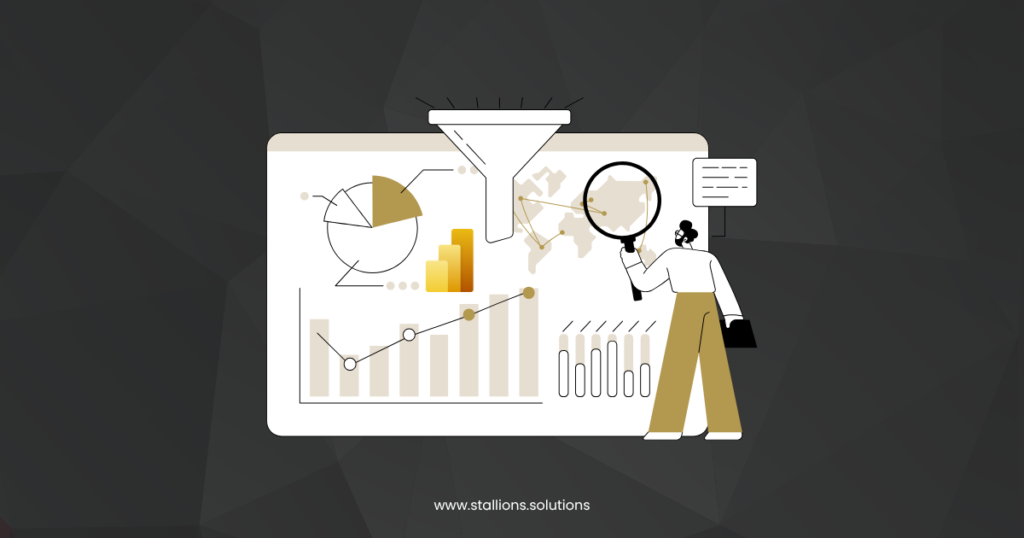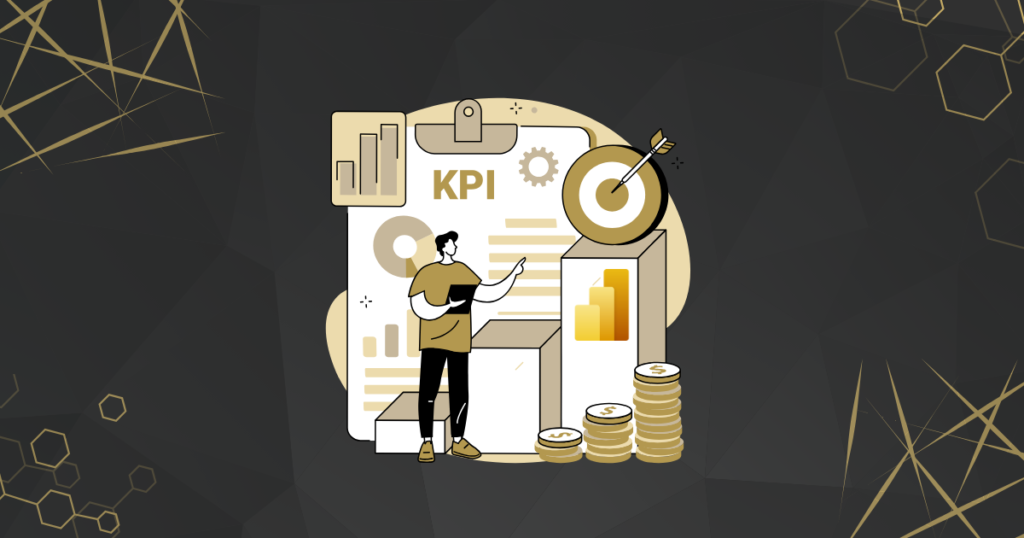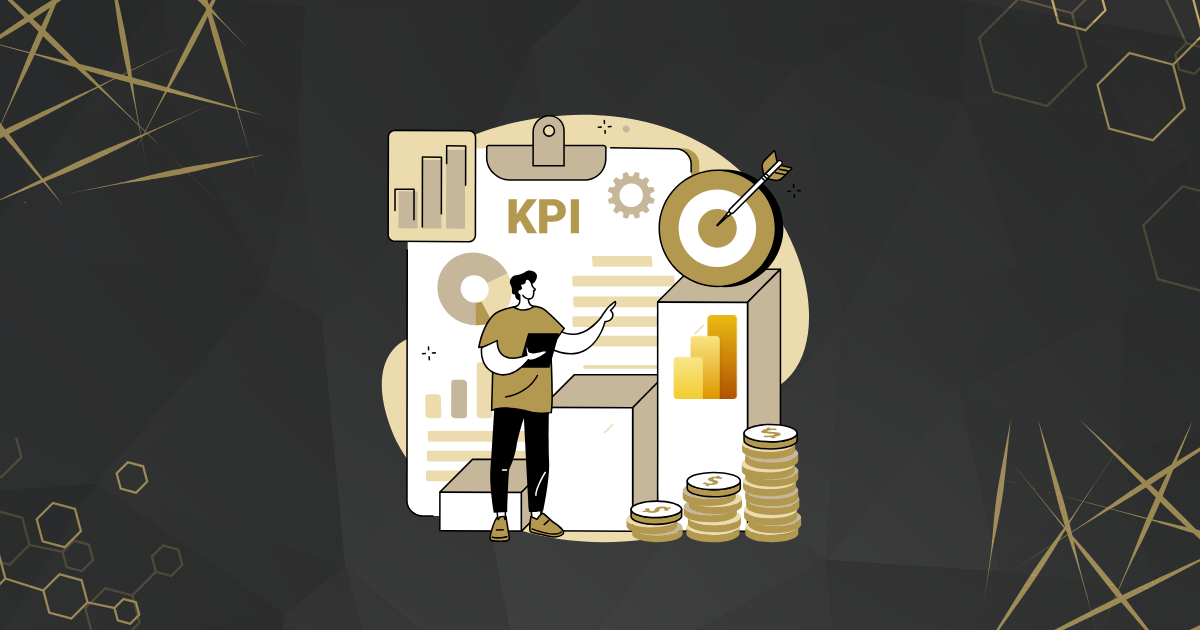Many companies try to make their Power BI dashboards look modern and stylish. While they may look great in meetings, they often miss the real point: showing the right information in a useful way.
The problem isn’t always the design—it’s that the numbers being shown (KPIs) don’t match what really matters for the business. Sometimes, the right data is there, but it’s not explained in a way that helps people act.
Instead of just making dashboards look good, businesses should focus on tracking the right things—things that help them make smart decisions and grow.
Why Focusing Too Much on Dashboard Design Can Be a Problem
Many companies spend a lot of time making their Power BI dashboards look perfect. They change colors, move charts around, and try to make everything look neat and professional. But while doing this, they often forget what really matters—the actual information being shown.
This can lead to something called “vanity metrics.” These are numbers that look good, like total sales, website visits, or social media likes, but don’t help leaders make smart business decisions. Even with nice-looking dashboards, teams may still not know how to plan resources or respond to the market.
The real problem isn’t how the dashboard looks—it’s that it focuses more on appearance than on useful data. A good Power BI dashboard should start with the right KPIs (Key Performance Indicators) that help the business grow, not just look impressive.
Smart Metrics vs. Traditional Power BI KPIs: What’s the Difference?

Most traditional Power BI KPIs only show what has already happened. Smart metrics go further—they explain what happened, why it happened, and what might happen next. This turns simple reporting into a powerful tool for planning and decision-making.
For example, tracking total website visitors might show growth, but it doesn’t tell you much. A smart KPI would measure how many of those visitors became customers—and which marketing channels brought them in. This helps you spend your budget where it really works.
Smart Power BI KPIs are designed to help you act. They show trends, highlight problems, and reveal new opportunities. Some companies are even using predictive KPIs, which use data patterns to forecast future results and spot risks early. This helps teams act before issues become serious.
This shift from basic to smart KPIs is part of a bigger trend in business intelligence—moving from just reporting the past to planning.
Why Power BI KPIs Need Context to Be Useful
One big problem with many Power BI dashboards is that they show numbers without any real context. For example, revenue might be up by 15%, or customer acquisition costs might be down by 8%. These numbers sound good—but what do they mean for the business?
Even if the data is correct, it can still lead to bad decisions if it’s not explained properly. For instance, a lower cost to get new customers might seem like a win. But if those customers don’t stay long or don’t spend much, it could hurt the business.
Smarter KPIs fix this by adding context. They compare numbers to past results, show how different metrics are connected, and help spot trends. This makes it easier to understand what’s really going on and what actions to take.
A good Power BI dashboard shouldn’t just show performance—it should help people make better decisions by giving clear, useful insights.
How to Build Power BI KPIs That Actually Help Your Business

Many companies start building dashboards by looking at the data they already have. They create charts and reports based on that data and consider the job done. But this often leads to dashboards that look nice but don’t help with real business decisions.
A better way is to start with a clear business question. For example, if a company wants to know how well it keeps its best customers, it should track things like customer retention, health scores, or the chance of losing those customers. These are smart KPIs that give useful answers.
This “question-first” approach makes sure every KPI has a purpose. It also helps teams avoid tracking easy numbers that don’t really matter.
Smart KPIs also look at outside data—like industry benchmarks or competitor performance. This helps businesses see how they’re doing compared to others and make better choices.
When KPIs are built around business goals—not just available data—Power BI dashboards become powerful tools for making smart decisions, not just for showing numbers.
Why Partnering with Experts Can Improve Your Power BI Dashboards?
Improving your Power BI KPIs often takes more than just internal effort. Many companies get better results by working with experts who know how to connect data with real business goals—not just reporting needs.
A skilled Power BI consulting team can help you rethink how you choose and use KPIs. They can run discovery sessions to understand your key business questions, design dashboards that are easy to use, and build strong data models that show insights without being confusing.
At Stallions Solutions, we focus on creating dashboards that are both simple and powerful. Our solutions include user-friendly designs with advanced filters and drill-down features. But more importantly, we work closely with clients to make sure their KPIs are based on real business needs.
Instead of just reporting numbers for visibility, we help companies track the metrics that truly matter—ones that show performance, highlight risks, and support smart, timely decisions. This shift helps teams act faster and stay focused on what really drives success.
Final Words
The real value of business intelligence isn’t in how good a dashboard looks—it’s in how well it helps you make decisions. Great Power BI KPI reporting is about more than colorful charts and interactive visuals. It’s about using the right metrics that match your business goals, provide context, and support quick, smart decisions.
If your dashboards rely on outdated KPIs or vanity metrics, you might be making choices based on incomplete or misleading data. To stay competitive, business leaders need to review their current KPIs, involve key team members in shaping the right questions, and shift to smarter ways of measuring performance.
This isn’t about creating more reports—it’s about creating better ones. With the right Power BI KPIs, your business can respond faster to market changes and drive real results.
Ready to get started? Talk to our Power BI experts today and build dashboards that truly make a difference.



